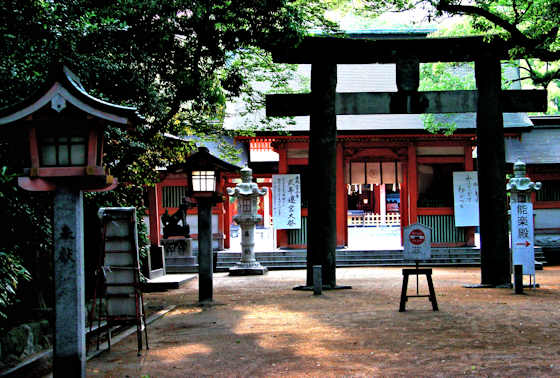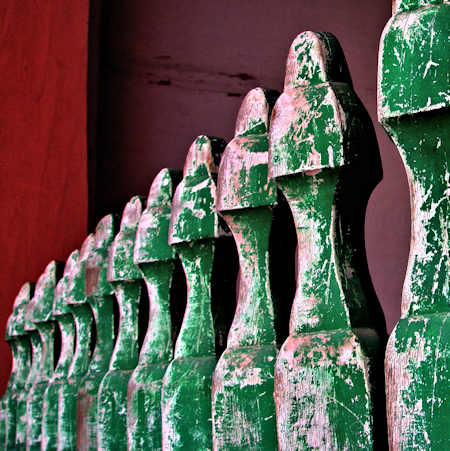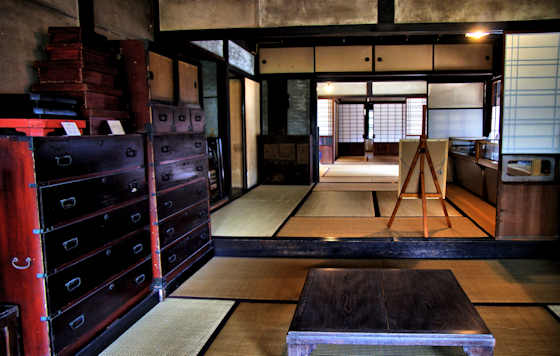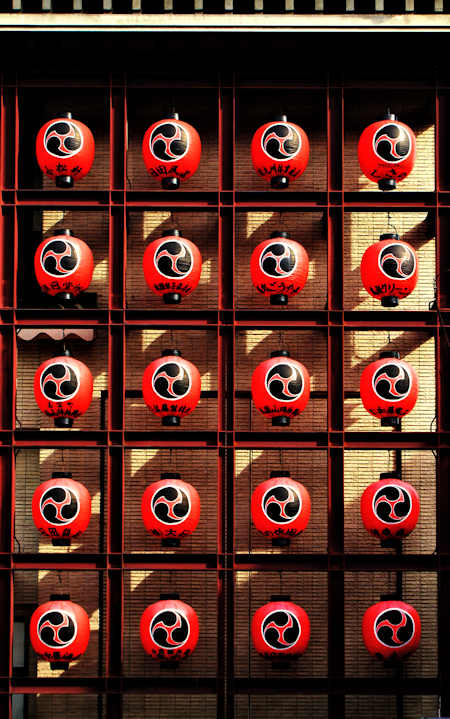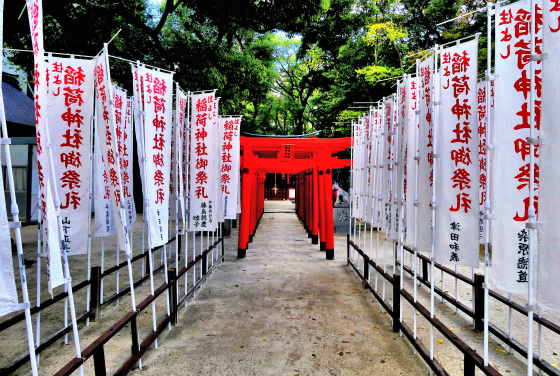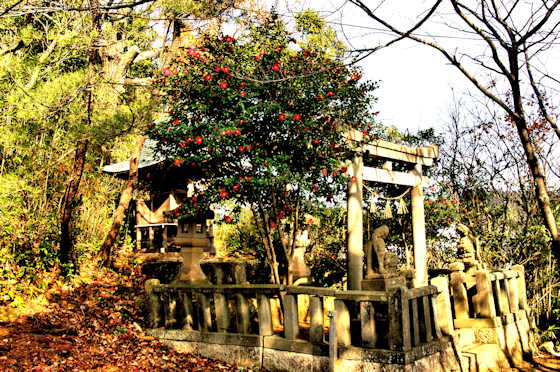Sunday, February 13, 2022
Canal City Hakata
Labels:
Architecture,
hakata,
jerde
Friday, February 11, 2022
Hitotsumatsu Residence in Kitsuki
Hitotsumatsu Residence in Kitsuki
Kitsuki is one of my favorite towns and is less visited by tourists, mainly due to the closest station being some distance from the town. A few more of my Kitsuki posts....
Labels:
Architecture,
kitsuki,
kunisaki fall,
oita
Wednesday, February 9, 2022
Myo-o-ji Temple 95 on the Kyushu Pilgrimage
Myo-o-ji Temple 95
Alsoknown as Tansofudosonmyoo Temple, Myo-o-ji is number 95 on the Kyushu ilgrimage and the reason I was in Hita on the 53rd day of my walk.
The honzon is a Fudo Myo-o and therefore they conduct goma rituals here.
Labels:
Fudo Myojin,
hita,
kyushu108,
temple
Sunday, February 6, 2022
Sumiyoshi Shrine Hakata
Sumiyoshi Shrine Hakata
Labels:
hakata,
jingu,
national treasure,
Shrine,
torii
Friday, February 4, 2022
Kasai Residence & Garden
Kasai Residence & Garden
Labels:
akinada,
garden,
preservation district,
takehara
Tuesday, February 1, 2022
Hita Preservation District in 2D
Hita
A series of photos taken in the historical preservation district in Hita, Oita, that focus on two-dimensional composition. Similar to the recent post I did on Omori.
Sunday, January 30, 2022
Sumiyoshi Inari Shrine
Sumiyoshi Inari Shrine
Thursday, January 27, 2022
Kokubunji Byakuraku Shrine
Kokubunji Byakuraku Shrine
The shrine is listed in the tenth century Engishiki, which means it received offerings from the cetral government.
Labels:
engi shiki,
Hachiman,
iwami33,
kokubunji,
komainu,
shimenawa,
Shrine,
torii,
wakeikazuchi
Subscribe to:
Posts (Atom)





















